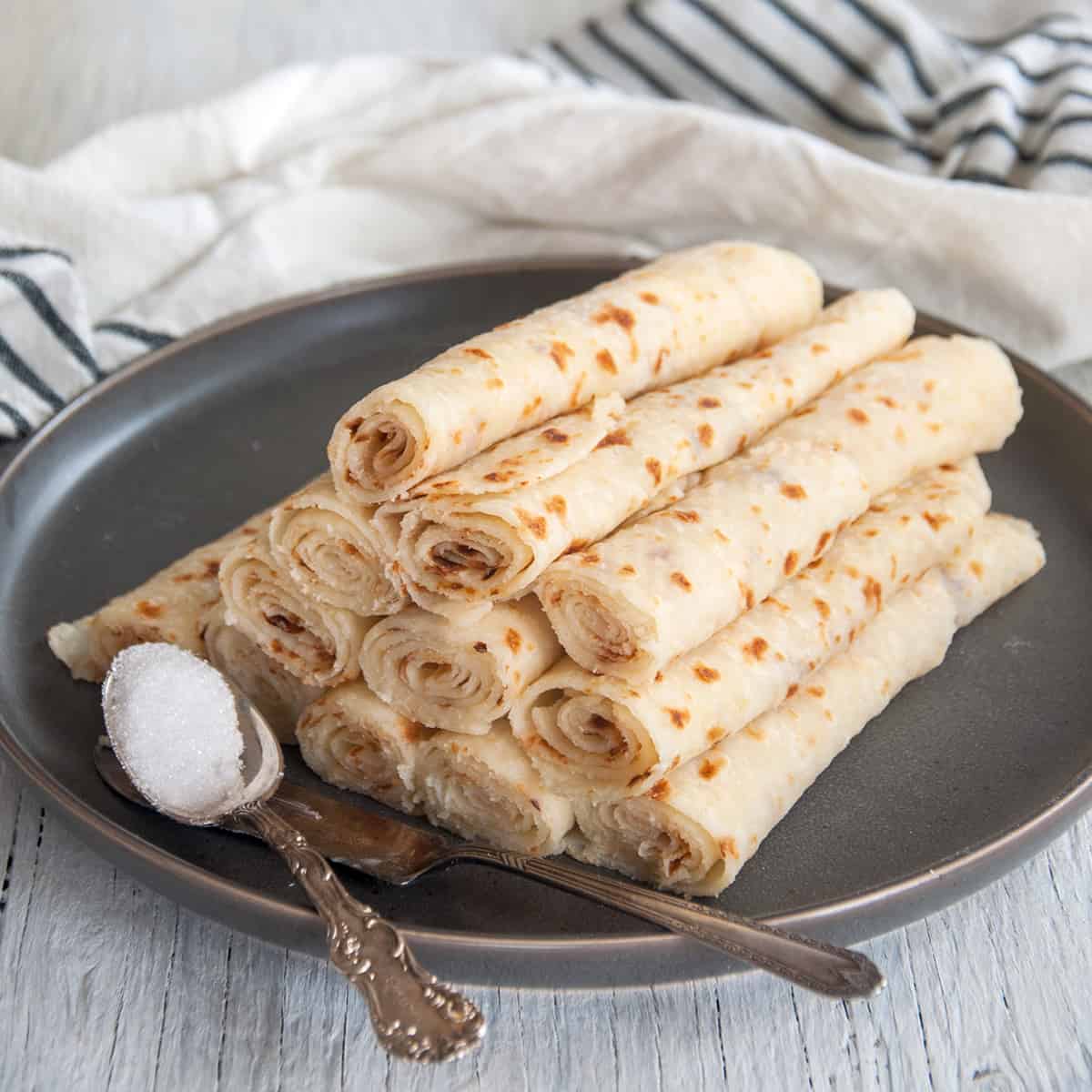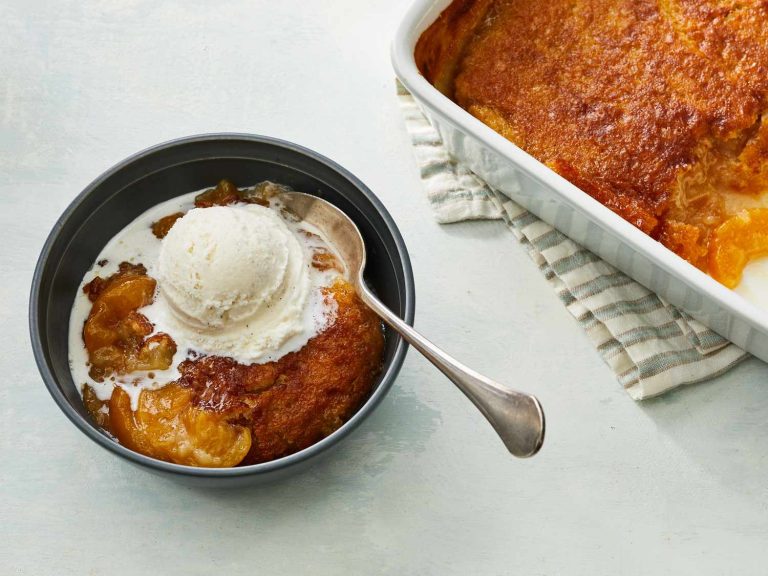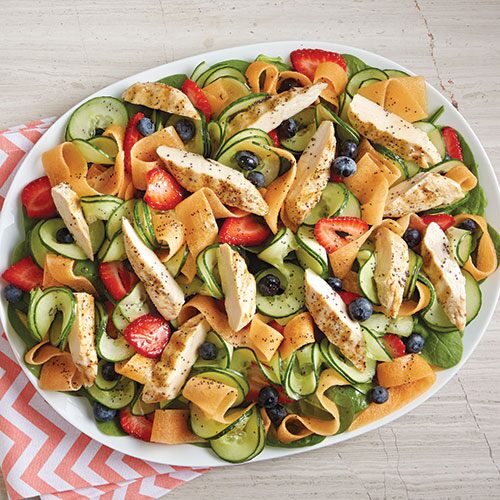Norwegian Potato Lefsa: History, Recipes, and How to Store for Ultimate Freshness
Lefsa dates back several centuries in Norway. Originally, it served as an essential food source for Vikings due to its versatility and ease of storage. Farmers initially made this flatbread with non-perishable ingredients vital during harsh winters. Over time, lefsa evolved from a necessity to a festive treat enjoyed during holidays and family gatherings. In modern times, Norwegian Americans continue this tradition, passing recipes through generations to maintain their cultural heritage.
Basic Ingredients and Variations
Norwegian potato lefsa consists of simple, staple ingredients. You need mashed potatoes, flour, butter, and salt to make it. These basic components ensure the flatbread’s soft texture and savory taste. There are regional variations in lefsa recipes, with some adding cream or sour cream for extra richness.
Different regions in Norway produce their unique versions. For example, Tynnlefse uses flour instead of potatoes and is often thinner. Krotekaker, another variation, features a drier, crisp texture and is usually served with hearty dishes like lutefisk. These diverse versions highlight the flatbread’s adaptability, making it a beloved dish across various tables.
How to Make Norwegian Potato Lefsa
Essential Tools and Equipment
To make Norwegian potato lefsa, gather these essential tools:
- Rolling pin: Use a large rolling pin to flatten the dough evenly.
- Lefsa griddle: A large, flat griddle ensures even cooking at the right temperature.
- Dough scraper: This helps in transferring the rolled dough to the griddle without tearing.
- Potato ricer: Use this to achieve a smooth, lump-free potato base.
- Pastry cloth and rolling cloth: These prevent sticking and facilitate easy rolling.
- Lefse turning stick: This thin wooden stick makes flipping the delicate dough easier.
- Measuring cups and spoons: Precision ensures the perfect dough consistency.
Step-by-Step Cooking Process
To start making your lefsa:
- Prepare the Potatoes: Peel 4 medium potatoes, cut them into cubes, and boil until tender. Use a potato ricer to mash the potatoes for a smooth texture.
- Mix Ingredients: In a large bowl, combine the riced potatoes, 1/4 cup softened butter, 1/4 cup heavy cream, 1 teaspoon salt, and 2 cups all-purpose flour. Mix until a soft dough forms.
- Chill Dough: Wrap the dough in plastic wrap and refrigerate for at least 1 hour to make it easier to handle.
- Form Dough Balls: Divide the chilled dough into small balls, about the size of golf balls.
- Roll Dough: Roll each ball on a lightly floured pastry cloth until thin and round, about 1/8 inch thick.
- Heat Griddle: Preheat the lefsa griddle to 450°F (232°C). Ensure the surface is evenly heated.
- Cook Lefsa: Transfer the rolled dough to the hot griddle using the dough scraper and lefse turning stick. Cook each side for about 1-2 minutes or until golden spots appear.
- Cool and Store: Place cooked lefsa on a clean towel to cool. Once cool, stack and wrap them in a lightly damp towel to keep them soft.
Now you’ve made traditional Norwegian potato lefsa ready to serve with butter or sugar.
Serving and Pairing Suggestions
Traditional Ways to Enjoy Lefsa
Spread butter, sprinkle sugar, and roll up lefsa for a classic Norwegian treat. Many families enjoy it as a simple snack or dessert during festive occasions like Christmas. Serve lefsa alongside lutefisk, a traditional Norwegian fish dish, to create a culturally rich dining experience. Pair it with cured meats like gravlax or rakfisk, highlighting the savory aspect of lefsa.
Modern Twists on an Old Classic
Lefsa wraps make an excellent modern lunch. Fill them with smoked salmon, cream cheese, and fresh dill for a Norwegian spin on a classic wrap. Use lefsa as a base for creative appetizers or hors d’oeuvres. Layer it with hummus and vegetables, or create mini lefsa pizzas with marinara sauce and cheese. Experiment with dessert versions, combining lefsa with Nutella or fresh berries for a unique sweet treat.
Nutritional Benefits of Norwegian Potato Lefsa
Norwegian potato lefsa, a traditional flatbread, offers essential nutrients. Potatoes, the main ingredient, provide vitamins C and B6, potassium, and dietary fiber. These nutrients support immune function, nerve function, heart health, and digestion.
Lefsa’s flour content adds carbohydrates, offering energy for daily activities. Butter, another key ingredient, contains fats that help absorb fat-soluble vitamins A, D, E, and K. Although butter also includes saturated fats, moderation ensures a balanced diet.
Protein in lefsa comes from potatoes and flour. Adequate protein intake is crucial for muscle repair and growth. While lefsa isn’t a high-protein food, pairing it with protein-rich foods like cured meats or smoked salmon enhances its nutritional value.
Low in calories, lefsa provides a filling meal option. One piece (40 grams) contains roughly 90-100 calories, making it suitable for weight management when consumed mindfully. Compared to commercial snacks, homemade lefsa has fewer preservatives and additives, offering a healthier alternative.
Norwegian potato lefsa delivers a mix of vital nutrients, energy, and moderate calories. Incorporating this traditional flatbread into your diet adds variety and nutritional benefits, aligning with healthy eating habits.
Buying and Storing Tips
When buying Norwegian potato lefsa, seek out specialty stores or online vendors offering authentic products. Verify that the ingredient list includes mashed potatoes, flour, butter, and salt to ensure authenticity. Brands like Olsen Fish Company and Norsland Lefse often provide high-quality lefsa. For homemade options, Norwegian grocery stores or deli sections might carry local brands.
After purchasing, proper storage is crucial to maintaining lefsa’s freshness. If you plan to consume it within a week, store it in your refrigerator. Wrap the lefsa tightly in plastic wrap or aluminum foil to prevent it from drying out. For longer storage, place the wrapped lefsa in an airtight container or a resealable plastic bag, then freeze it. Frozen lefsa can last up to six months without deteriorating in quality.
Thaw lefsa by transferring it from the freezer to the refrigerator overnight, allowing it to defrost slowly. Once thawed, reheat lefsa on a preheated griddle or in a non-stick skillet over medium heat for about 30 seconds on each side. This method preserves the texture and flavor, making it ready for serving.
Consider portioning lefsa into serving sizes before freezing, making it easier to thaw only what you need. This approach minimizes waste and ensures you always have fresh lefsa on hand. Store-bought or homemade, properly bought and stored lefsa retains its quality, giving you the authentic taste of Norway whenever you desire.
Conclusion
Norwegian potato lefsa offers a delightful glimpse into Norway’s rich culinary heritage. Whether you’re making it from scratch or purchasing it from specialty stores, this versatile dish can easily become a staple in your kitchen. Proper storage and reheating ensure you always enjoy its authentic taste and texture. Embrace the tradition and savor the flavors of this beloved Norwegian treat, bringing a piece of Viking history to your table.





